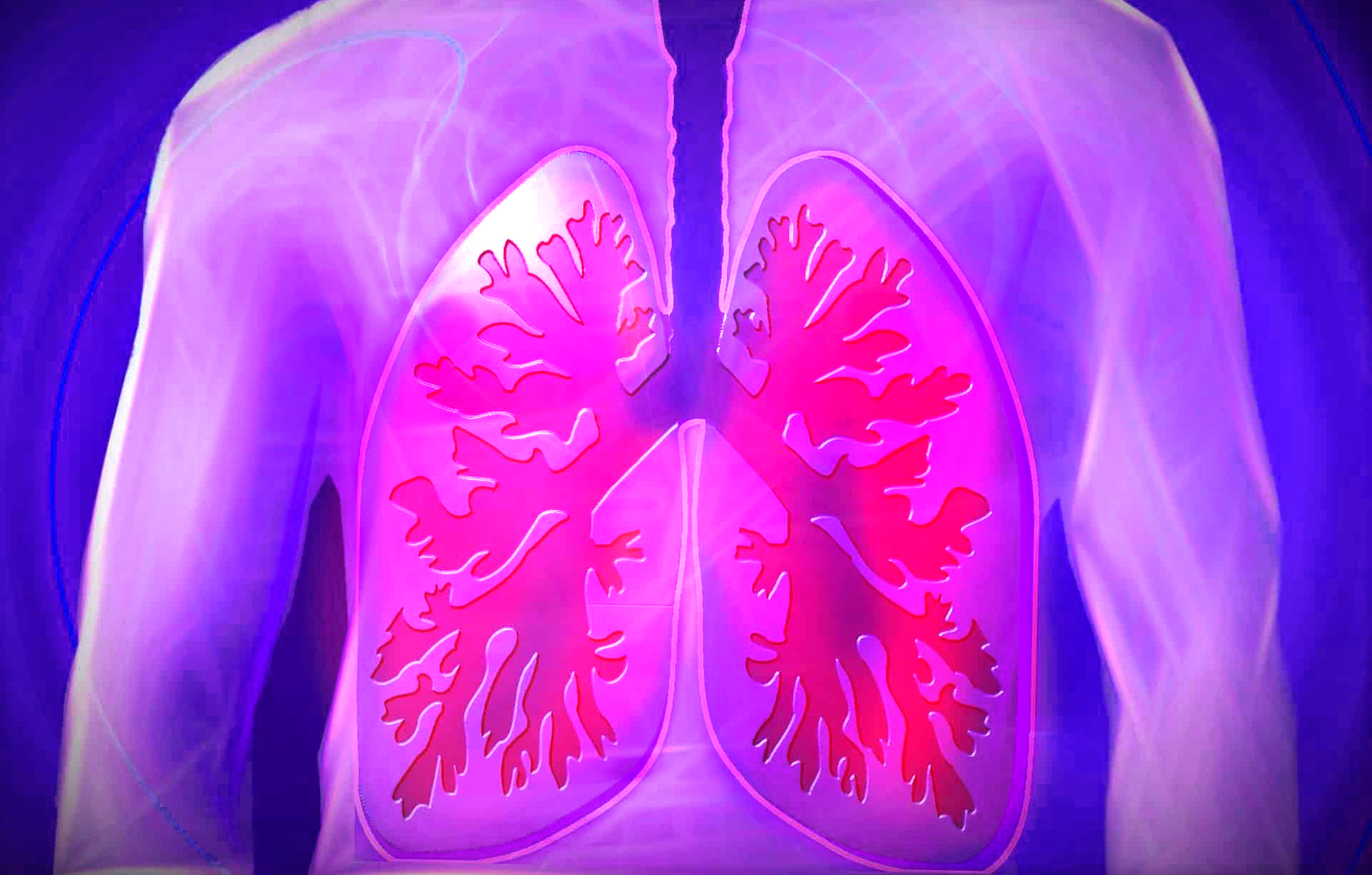[et_pb_section bb_built=”1″][et_pb_row][et_pb_column type=”4_4″][et_pb_text _builder_version=”3.13.1″]
An aneurysm is a pathological dilatation of a segment of a blood vessel that usually occurs at the arterial level, especially in the aortic artery.
When the aortic wall (formed by three layers: internal, middle and external) weakens, a localized and permanent widening can occur, which is what is known as an aneurysm, and if it reaches a certain diameter (the risk increases from 5 cm) can cause a rupture of the blood vessel.
The most important risk is the possibility of a ruptured aorta, which is related to the size of the aneurysm and the presence of symptoms. It increases considerably in aneurysms of the ascending aorta of more than 6 cm and in those of the descending thoracic aorta of more than 7 cm.
Several studies have shown that they are generally male patients of about 60 years old, hypertensive, and with risk factors of atherosclerosis, especially smoking (which acquires great relevance).
The causes and factors that predispose to the appearance of an aneurysm are: Arterial hypertension, Hypercholesterolemia, Obesity, Diabetes, COPD (patients with deficit of 1-antitrypsin), Sedentary.
The symptoms and evolution of thoracic aortic aneurysms depend on their location, while the abdominal aneurysm produces no symptoms.
Always take care of your health with a unique and efficient service. Visit Pharmamedic.
[/et_pb_text][/et_pb_column][/et_pb_row][/et_pb_section]







